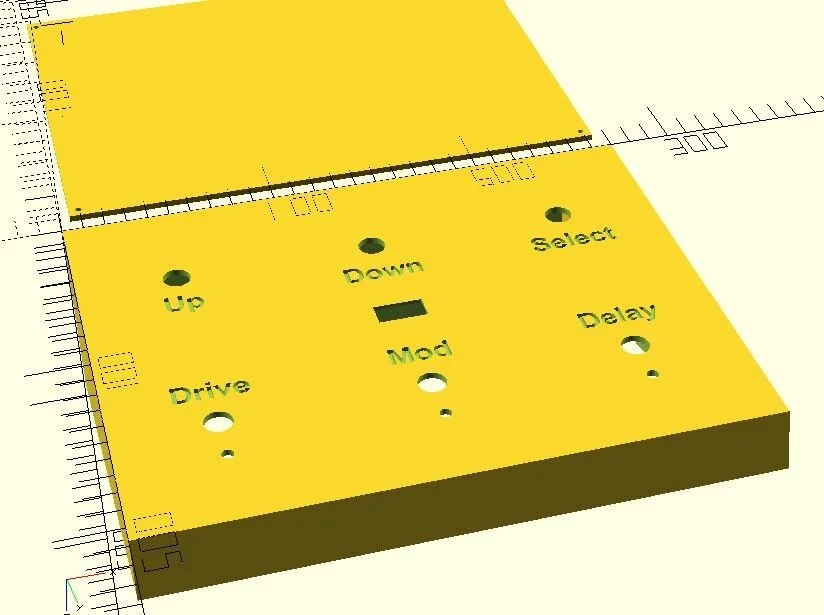Resin build plate stick issues
A lot of people have issues with their resin prints coming off the build plate and ending up with the print on the FEP sheet instead. This can be caused by several issues but it’s best to first understand what the printer is trying to do so you can troubleshoot your issues.
How it works
The basic principal is as follows:
A layer of resin is cured between the build plate and the base of the vat.
The build plate is then retracted and the FEP sheet flexes trying to hold on to the resin but the cured resin is pealed off the FEP.
The FEP snaps back into place and the process is repeated this time between the previous layer and the FEP.
It’s a constant battle of tug of war that you want the FEP to always lose. This is helped by the fact the FEP has a small amount of flex so the cured resin is pealed slowly off the FEP as it curves rather than trying to pull it off in one go. The FEP should sound like a drum skin when tapped and you should hear a small pop as the FEP releases the print and snaps back down on to the LCD during printing.
Issues and solutions
Here are some common issues and solutions to try
FEP not flexing / sticking to LCD screen.
This can be caused if the FEP creates too much suction on the LCD screen. A common solution is to put some tape along the edge of the LCD screen to create a small air gap between the screen and FEP. This allows the FEP to be flexed by the rising built plate without the added resistance of the FEP / LCD suction to overcome.
Curing issues
This can be a multitude of issues but the result is the same. The resin isn’t cured enough to stick to the build plate or previous layer so don’t stick. The checklist for this would be
- Check the temperature of the resin is it in 20-25 C range, resins cure times are sensitive to temperature
- Check the LCD test pattern - LCD are consumable and constant UV light breaks them down
- Check the base layers, base times and layer times is your slicing software, transparent resins require higher values. Try putting the values up a little at a time.The FEP has too much grip
Makes sure you clean the FEP with Isopropyl and allow to dry. A coating of PTFE spray can also help to reduce the grip. Something like Anti Friction Dry PTFE Lubricant
The Build plate has too little grip
Clean the plate with Isopropyl and makes sure it is grease free. Some people have found rubbing over more flat plates with a fine grade sandpaper has worked too.
The build plate isn’t levelled properly
A level bed is essential for printing. It needs to have both it’s zero position set and to be square to the LCD screen. Normally achieved by using a paper test by getting to the point paper is gripped by not stuck between the LCD and build plate. The biggest tip here is when tightening the screws do them each a bit at a time and don’t tighten one completely before the other, this often results in twisting the level. Then when it’s tight check the level again.
Slicing / USB Issue
It’s not unheard of that a model that looks good before the slicing produces something unprintable in the sliced code. Sometime software glitches or USB file issues. Check the sliced image by stepping through the layers on the sliced screen in your slicer and always try a different USB stick.
Suction Cups and Image Orientation
When slicing your prints look out for potential suction cups in the build process. What is a suction cup? Well imagine pulling an upside down glass out of a bowl of water as it reaches the surface the liquid inside creates a suction effect dragging the glass back down. The same can happen when you dip a print in and out of the resin vat. Look at your prints and see if a better orientation or a drain hole would prevent any suction cups forming.
Weak Base Layers
As your print grows the base layers of the print have to both fight the FEP for control and support the weight of the model. If the first few layers have a small footprint (for say tall thin models orientated mostly vertically) the strain on the base bond to the build plate can be broken. Instead set the model so the raft or support bases have a good coverage.
If you have any other tips and tricks leave a comment below and I’ll add them to the list.





